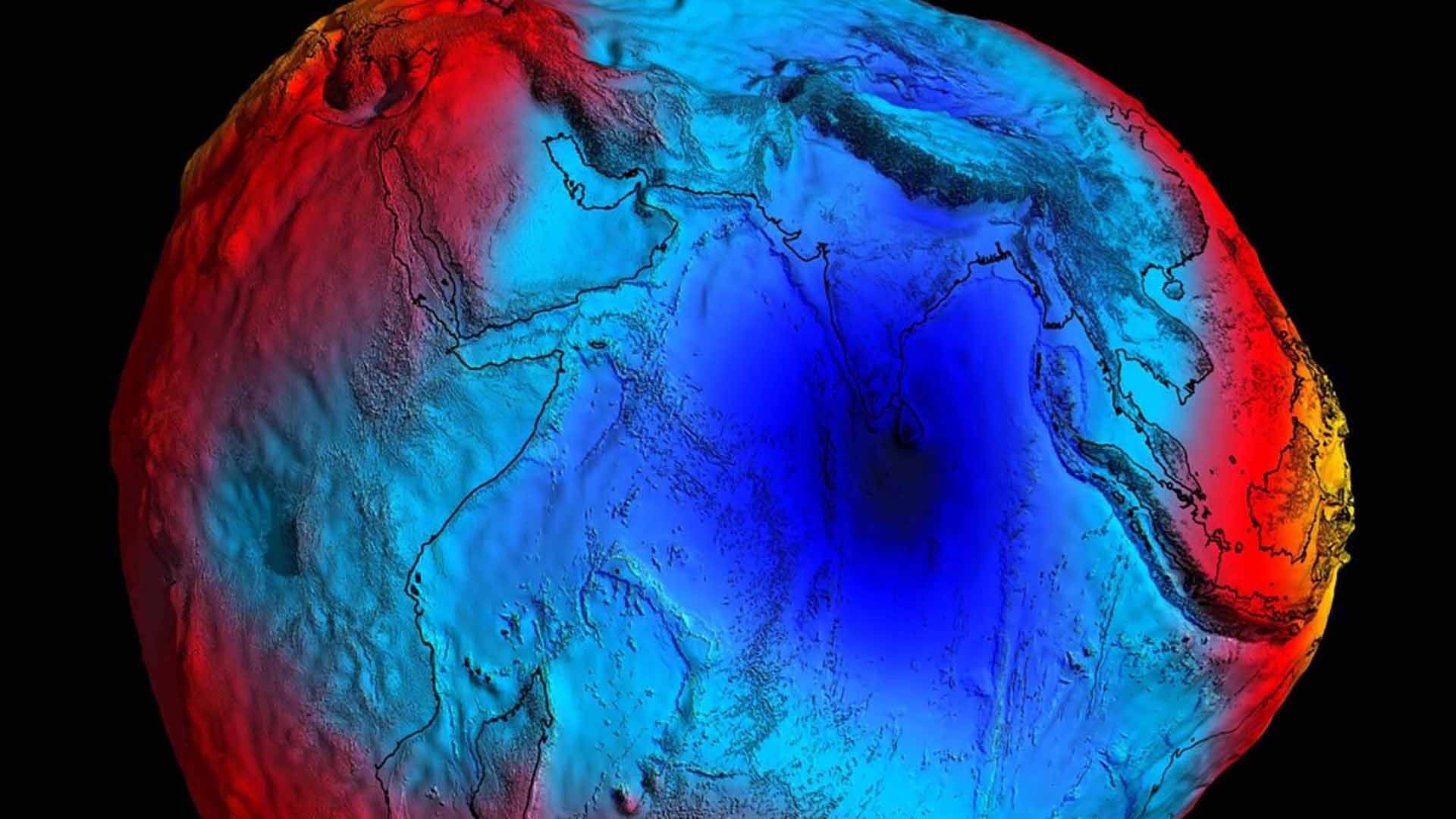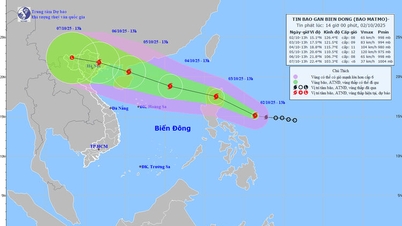 |
| Sea levels dropped about 100m in a “gravity hole” in the Indian Ocean. Illustration photo. (Source: CNN) |
This mysterious “gravity hole” has puzzled geologists for a long time. But recently, researchers at the Indian Institute of Science in Bengaluru (India) have found an explanation for its formation. It is caused by molten lava (magma) formed from the Earth's core.
To reach this conclusion, the team used computer simulations to recreate the formation of the area 140 million years ago. The team presented their findings in a new study published in the journal Geophysical Research Letters, which mentions an ancient ocean that no longer exists.
Ancient Ocean Disappears
People often think that the Earth is like a perfect sphere, but the reality is quite different.
“The Earth is basically like a lumpy potato,” said study co-author Attreyee Ghosh, a geophysicist and associate professor at the Centre for Earth Sciences at the Indian Institute of Science. “It’s not a sphere, it’s an ellipse, because as the planet rotates, its middle bulges outward.”
The Earth is not uniform in density and properties, some areas are thicker than others - this significantly affects the Earth's surface and the different gravitational pull of the Earth on these points.
Assuming the Earth were completely covered in water, the planet’s gravity would create bulges and troughs on this imaginary ocean surface, Ghosh explained. These bulges and troughs are called geoids. The geoid is the shape of the hypothetical ocean surface if only the Earth’s gravity and rotation were present, without other influences such as tides and winds. Geoids vary in height and depth.
The Indian Ocean “gravity hole” – officially called the Indian Ocean Geoid – is the lowest point and most anomalous point in that geoid. It forms a circular depression that begins just off the southern tip of India and covers about 3 million square kilometers. Its existence was first discovered in 1948 by Dutch geophysicist Felix Andries Vening Meinesz, during a gravity survey from a ship. Since then, the “gravity hole” has remained a mystery.
“This is the lowest geoid on Earth and it is still not properly explained,” said Ms. Ghosh.
To find out, she and her team used a computer model of the area as it was 140 million years ago to get a full picture of the geology. From that starting point, the team ran 19 simulations, recreating the movement of tectonic plates and the changes in molten rock in the Earth’s interior over the past 140 million years.
They compared the shape of the geoid obtained from computer simulations with the actual geoid of Earth obtained by satellite observations.
The future is uncertain
What distinguishes these simulations is the presence of molten lava flows around the geoid depression, which, together with the mantle structure in the vicinity, are thought to be responsible for the formation of “gravity craters,” Ghosh explains.
The team ran these simulations on computers with different parameters for the density of lava flows. Notably, in simulations without the plumes generated by the lava flows, the geoid low did not form.
These lava flows originated from the disappearance of an ancient ocean as the Indian landmass drifted and eventually collided with the Asian continent tens of millions of years ago.
“140 million years ago, the land of India was in a completely different position than it is today, and there was an ancient ocean between India and Asia. The land of India then started moving northwards, causing that ancient ocean to disappear and the distance between India and Asia to narrow,” she said.
As the ancient ocean sank into the Earth's mantle, it may have fueled the formation of hot plumes, bringing low-density material closer to Earth's surface.
According to the research team's calculations, this low geoid region was formed about 20 million years ago. It is difficult to say whether it will disappear or move elsewhere in the future.
“It all depends on how these anomalies move across the Earth,” Ghosh said. “It could be that they will persist for a very long time. But it could also be that the movement of the Earth’s tectonic plates will cause them to disappear in a few hundred million years.”
This is “very interesting and will encourage further research on this topic,” said Huw Davies, a professor at the School of Earth and Environmental Sciences at Cardiff University, who was not involved in the study.
There is good reason to conduct computer simulations to determine the origin of the geoid low in the Indian Ocean, said Dr. Alessandro Forte, a geology professor at the University of Florida in Gainesville. He called this a step forward. “Previous studies only simulated the sinking of cold materials in the Earth’s interior, not the rising of hot materials on the planet’s surface.”
Source



![[Photo] Binh Trieu 1 Bridge has been completed, raised by 1.1m, and will open to traffic at the end of November.](https://vphoto.vietnam.vn/thumb/1200x675/vietnam/resource/IMAGE/2025/10/2/a6549e2a3b5848a1ba76a1ded6141fae)




































































































Comment (0)